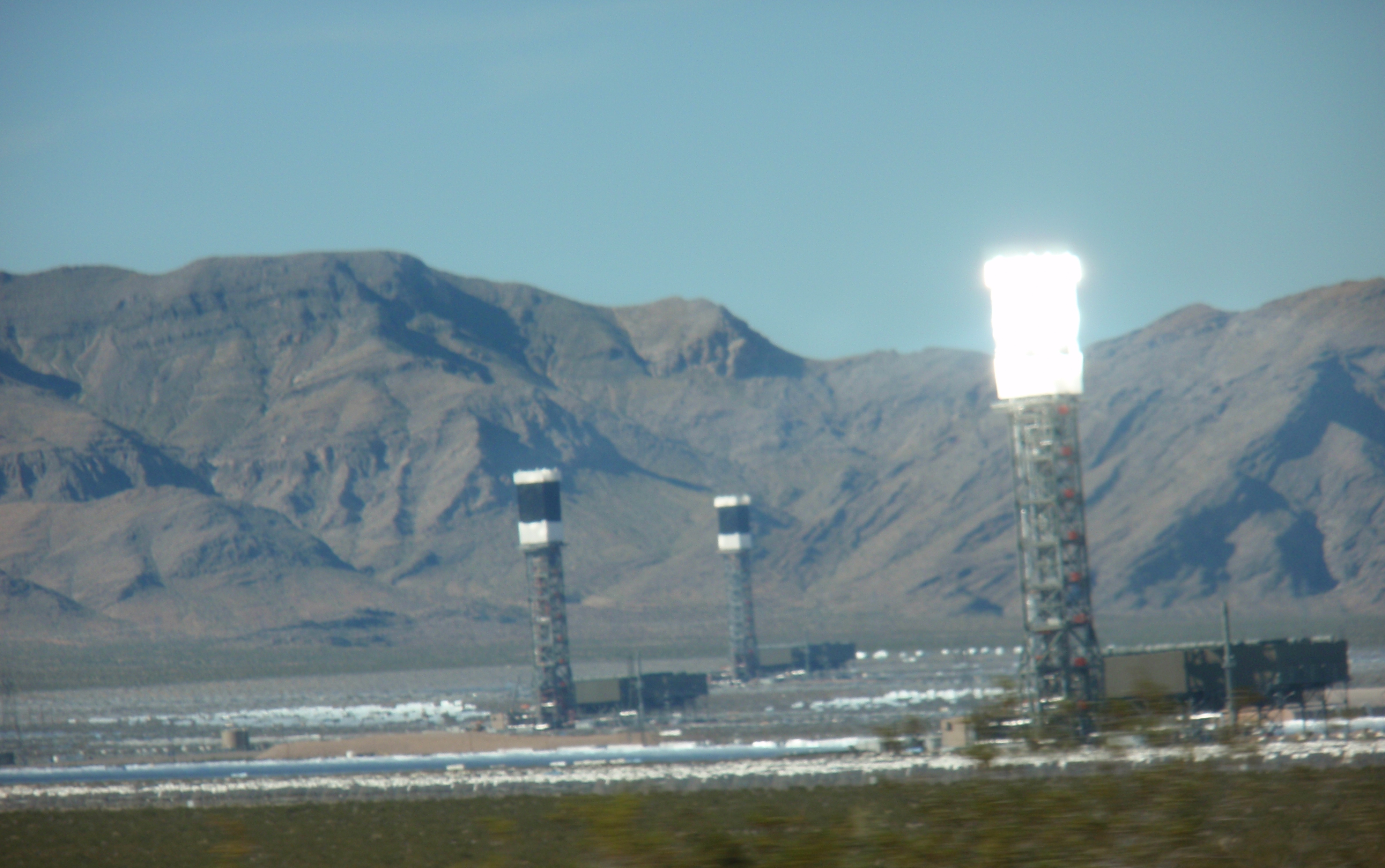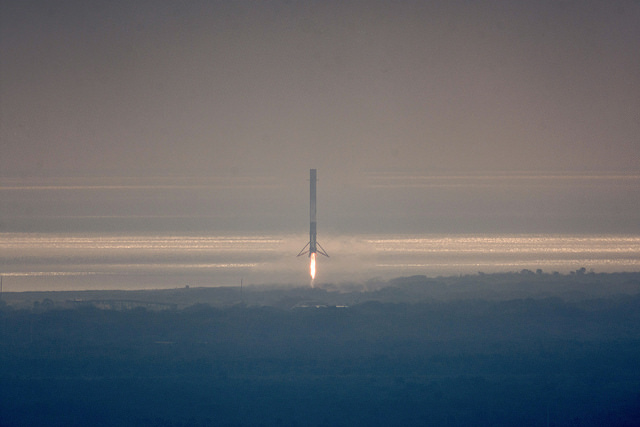
The shortages and suffering in Venezuela continues. Your homework for the day: what economic system provides this level of suffering?
- Foreign reserves are shrinking
- Bakeries threatened if they bake too many sweets and not enough price-controlled bread
- Pregnant women are leaving the country to deliver their babies
- Gasoline shortages appear
3/1/17 – CNN Money – Venezuela is down to its last $10 billion – The country’s foreign reserves are down to $10.5B, from $20B in 2015, and $30B in 2011. That info in sourced to the Central Bank of Venezuela.
Article says inflation is expected to hit 1660% this year and 2880% in 2018.
3/13 – PanamPost – Venezuelan Regime Threatens to Expropriate Bakeries, Jeopardizing Bread – In addition to price controls and currency controls, the government is going to impose output requirements on bakeries. If they don’t produce bread all day at the government limited price, they are subject to take over by the government. Left out of their miscalculation is that the government has stopped importing wheat flour.
If bakeries don’t bake enough bread, the government will close the shops.
3/16/17 – Yahoo News – Venezuela arrests brownie and croissant bakers in ‘bread war’ – Well, that didn’t take long.














